Professor Peter Howard, former International Co-ordinator for the Landscape Research Group together with his co-editors of the recently published ‘Routledge Companion to Landscape Studies‘ recently spoke at the 2nd LRG annual lecture held at the Landscape Institute.
 Video of all three speakers can be found here: landscaperesearch.org/news/lrg-annual-lecture-2012
Video of all three speakers can be found here: landscaperesearch.org/news/lrg-annual-lecture-2012
Prof Howard has given SoW permission to publish his full speech which you can read by clicking here.
Here are some segments of the lecture which are particularly pertinent to issues of the moment, including incorporating community landscapes into NGO/policy maker plans and biodiversity offsetting
“The problem of incorporating the insider’s landscape in our management plans remains acute.”
“Thinking of insiders I wondered whether the volunteer might be a link between insider and expert, but I was disillusioned by some work in my then home village, largely owned by the National Trust, with those who volunteered for that organisation. Already in the village there had been considerable concern with the Trust wishing to make public, field and lane names that the local people considered to be the property of the insiders. (Communities need secrets but academics tell the world.) One lady said that the Trust certainly respected their work and treated them well. I pointed out that she and many other volunteers had a great deal of expertise of real value to a conservation organisation, but they seemed to do only unskilled work.
Did not the Trust listen to their advice? ‘No we soon learned that suits don’t have ears’. No indeed. The habit of top-down direction by those trained is very deeply ingrained, despite the honourable efforts by the Trust to attempt bottom-up. The concept of ‘chains of command’, however useful in a destroyer, may not be helpful either in academic life or in landscape decision making.”
“Even if no-one had much idea how to involve their views, other than the traditional way of getting local people to add little human stories to strategies and policies already decided. I also realised that the literature routinely omitted that academic experts were themselves a significant stakeholder group with a very clear agenda of their own. They were not neutral gods far above the fray. In fact, acting through their quangoes and ngos they were immensely efficient at getting their way.
The other combatants in the daily fight for our landscapes, the insiders, were already severely hampered by their ignorance of the fancy language invented by the academic fraternity, and by the way that their local landscape secret knowledge had been researched, published and betrayed. When Caesar at the Colosseum had to put thumb up or down the experts were sitting behind him whispering in his ear. At a meeting of museologists, the indoor heritage specialists, at Dubrovnik, I became aware of the disputes of intellectual control between museum galleries. The traditional division such that there were geological, archaeological, ecological, art galleries, all curated by the appropriate disciplines, shone a spotlight also onto the outdoor heritage, and the extent to which many countries now have multiple designations of conservation, usually curated by one discipline.
The concept of an England where very large parts of land act as galleries effectively policed by one particular discipline is a very tempting one. The World Heritage Convention certainly encourages this, so some UK sites have been intellectually colonised by archaeologists, some by architectural historians and one, the Jurassic Coast from Exmouth to Swanage by the geologists.”
“The [European Landscape] Convention. was also a great revelation. Putting people firmly into the landscape was only part of its impact. The convention is partly responsible for the move in our landscape thinking from the Caspar David Friedrich where a well-heeled young male touring gentleman looks out over a spread of outstanding scenery, to Millet’s the Angelus, where two people who routinely work the land, insiders, and very flat ‘ordinary’ land at that, stop for a moment as the sound of the Angelus rings across the flat. The link is clearly spiritual as well as temporal. This is a landscape in course of being made. It is I suspect performativity in action, but I also struggle with words sometimes.”
“My final light (Oh I hope not Final!) on the road was this book itself. In our deliberate attempt to cover most of the disciplines with a serious concern with landscape, and to organise them across disciplinary boundaries, we have, all three of us I am sure, discovered pathways through the forest that we had no idea existed. That has been very rewarding, but also a little scary. I remain ambivalent about the future; is the fact that landscape is such a disputed concept (whatever the ELC might define) mean that ordinary people can take charge to cherish their ordinary landscapes because the expert and academic community will be too disunited to stop them? Or does it mean that ordinary landscapes have no effective defence against whatever globalised economy (and the new Planning Policy) can do to them? Time will tell, but I suspect that the role once played in the making of the landscape by the landowner is now being usurped by people like us.”
“Do I perceive a strange alliance emerging between the professional landscape conservation lobby (safe in their protected areas behind the palisade of their designations) and the development lobby so that all NIMBY development can take place in ‘ordinary, undesignated landscapes’ as long as the Protected Areas are protected? Is that what Biodiversity Offsetting means?”
“A final thought. This quote (‘the people’s claim upon the English countryside is paramount ….; the people are not as yet ready to take up their claim without destroying that to which the claim is laid; …. the English countryside must be kept inviolate as a trust until such time as they are ready…’) comes from Beauty and the Beast, from the left of centre philosopher CEM Joad in 1939. And the question I must ask is ‘Are they ready yet?’ and if, like me, you are tempted to answer ‘No’ then I must ask ‘And whose fault is that?’ and ‘What do we have to do about it?’”
Read the full transcript of Prof Howards lecture here:













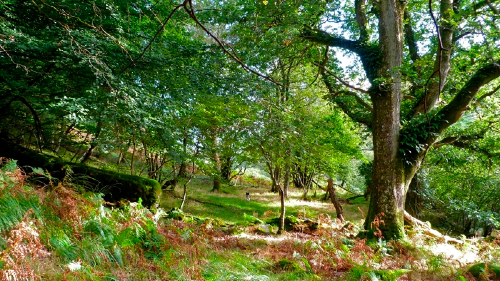
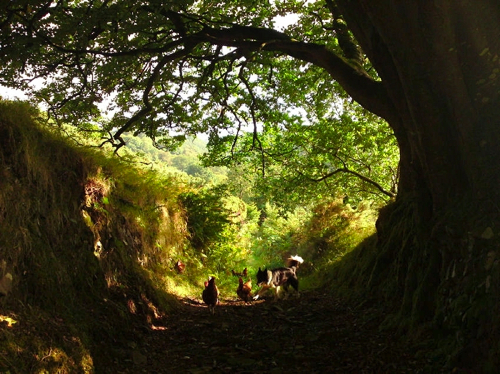
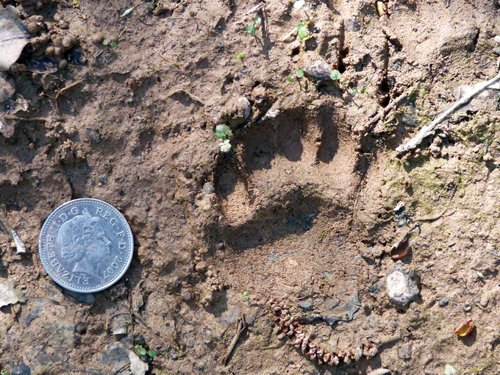


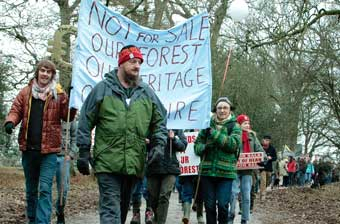

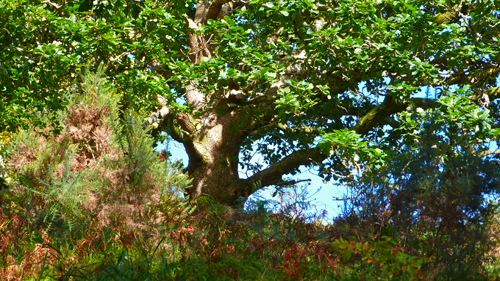

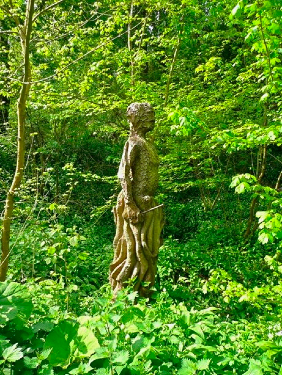
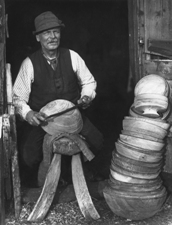



What a fantastic article – far too many truths, like the revolt over the forests.
What you’ve explained, Peter, goes right to the heart of the recent events around the forests and just reinforces what I’ve gradually come to realise – just how far ahead the FC estate has become in dealing with people.
A couple of small examples: way back at the beginning of my career a forester came into the office. he’d been to see a neighbour about overhanging trees. It happened to be in a well heeled suburb. ‘What an idiot’ said the forester. It turned out this guy couldn’t tell a Sitka Spruce from a norway Spruce. After all, he was only a consultant surgeon.
A few years later I was in the Shanklin football club on the Isle of Wight because a huge dispute hjad broken out over one big Ash left standing in the middle of a clearfell in Parkhurst Forest. FC planned to fell it because it didn’t look right (its didn’t and you could see it from the mainland on a clear day !). After an hour and a half of exchanges which just stayed this side of chair throwing I took an executive decision – possibly a turning point in FC’s approach to people – ‘Its your island and its your tree. If you want to keep it we’ll leave it just so long as you promise not to come back later saying it looks terrible.’ For all I know, the tree is still there and I’m more convinced than ever that that was the right decision – and its one FC took time and again over the suceeding years.
And there’s a book, Along the Wild Edge, A journey through the northern Blackdown Hills, one of the products of the Neroche Forest project. It shows what can happen when a community is let loose on its landscape and where the experts and local people work together in an area of (relatively) unclaimed landscape. Its interesting that as foresters we’re always inclined to the biological – but I’d always predicted that communities would veer towards the historic, ranging in this case from Saxon times right up to present day people, and that is what happened – and art, as well, always features more strongly than a forester might expect.
I think your points about academics taking over, about the sectoral carve up of the landscape and about the potential for a conspiracy, accidental or planned, between development and designated landscapes are all hugely relevant. Do people stop to think when they say ‘the uplands are the green lungs of the nation’ – how long are most of us expected to hold our breath ? And haven’t they realised yet that landscape as a function of slope is only a reflection of agricultures total dominance of landuse post 1945 ?